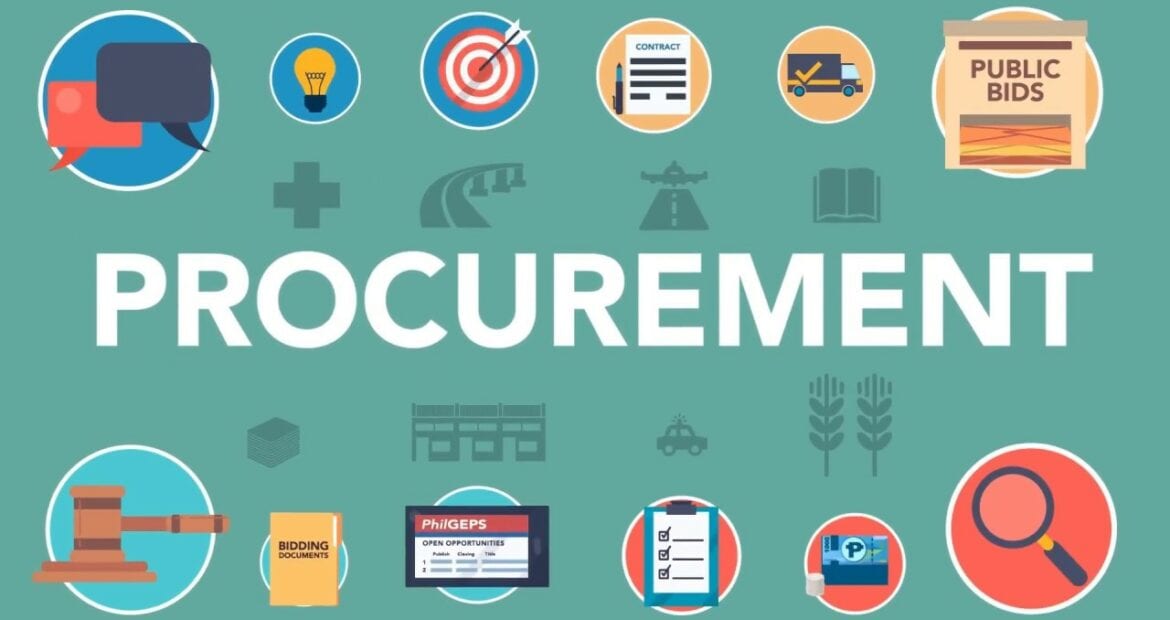
 Aligning procurement strategy with overall business objectives has become a cornerstone for achieving sustainable growth and competitiveness.
Aligning procurement strategy with overall business objectives has become a cornerstone for achieving sustainable growth and competitiveness.
This ensures that procurement activities not only contribute to cost savings but also support broader business goals, such as risk management, innovation, and operational efficiency.
The Imperative of Strategic Alignment
The alignment of procurement with the overarching goals of an organization is crucial.
In 2024, procurement departments face the challenge of contributing to tasks like supply chain risk management, cost avoidance, and Environmental, Social, and Governance (ESG) initiatives.
Procurement strategies must be tailored to support the goals set by executive leadership and reflect the key objectives outlined in the organization’s annual statements.
This involves setting SMART (Specific, Measurable, Achievable, Relevant, and Time-Bound) objectives and ensuring that these objectives are specific and measurable over time, covering areas such as supply chain risk management, cost savings, business process improvements, and ESG goals.
This approach demonstrates the procurement department’s value to the organization and ensures the procurement function is in sync with the larger business strategy.
Harnessing Digital Transformation
Digitalization has become a pivotal factor in modern procurement strategies.
Digital procurement solutions, such as digital-tendering, heat maps, and e-catalogs, are transforming the way procurement departments handle non-critical items like C-Parts and tail spend.
These tools aid in reducing complexity, improving transparency, and enhancing the efficiency of procurement processes. For example, using digital tendering solutions can simplify the tender process, enabling procurement departments to handle a larger volume of items efficiently, leading to significant cost savings.
Similarly, digital tools like e-sourcing platforms and Robotic Process Automation (RPA) can accelerate sourcing and purchasing processes, thereby increasing the pace of procurement operations.
Aligning with Business Goals
Procurement must align not only with enterprise-level strategies but also with specific functional strategies such as finance, IT, and people strategies. This involves understanding the current business phase, whether it’s growth or consolidation, and aligning procurement activities to support these phases.
For instance, aligning with the IT strategy is crucial, especially during times of technological transformation in the procurement function.
Similarly, understanding the organization’s people strategy can help in planning the expansion of the procurement team in alignment with the overall business objectives.
The Multi-Faceted Benefits of Strategic Procurement
Strategic procurement goes beyond cost-cutting; it’s about creating value across the supply chain.
By implementing strategic procurement, businesses can achieve cost savings, improved supplier relationships, enhanced risk management, increased efficiency, innovation, and value creation, and focus on sustainability.
This multifaceted approach enables businesses to operate more effectively in complex environments, optimizing their operations and staying agile.
Risk Management and Innovation
Risk management and fostering innovation are critical aspects of strategic procurement.
Developing strong relationships with suppliers and involving them early in the product development process can mitigate risks such as supply chain disruptions and foster innovation by tapping into suppliers’ expertise.
This collaborative approach not only minimizes operational disruptions but also ensures timely delivery of goods or services while maintaining high-quality standards.
Strategic procurement positions organizations to stay ahead of the competition by effectively managing risks and encouraging creativity and knowledge sharing between all parties involved.
Implementing Strategic Procurement
Implementing strategic procurement involves assessing current processes, setting clear objectives, developing a comprehensive sourcing strategy, building strong supplier relationships, leveraging technology, and tracking performance metrics.
These steps ensure that procurement strategies are effectively aligned with business goals, leading to improved operational efficiency and long-term success.
Aligning procurement strategy with overall business objectives is not just a matter of operational necessity; it’s a strategic imperative that can drive significant business success.
By embracing a holistic approach to procurement, organizations can navigate the complexities of today’s business environment, achieving cost savings, fostering innovation, and ensuring sustainable growth.








